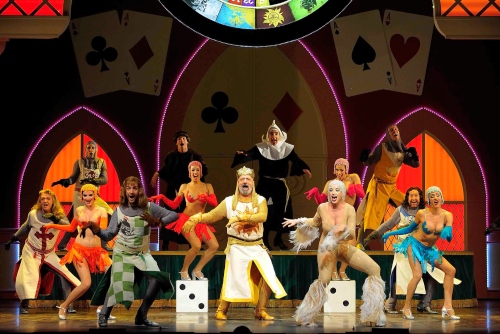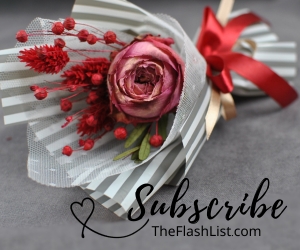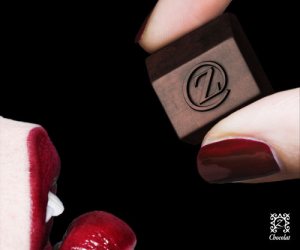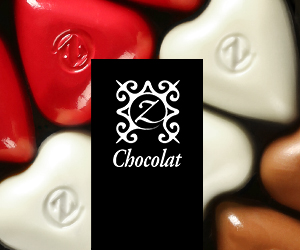
Fashion and interior design share more than passing trends and seasonal inspiration. At their core, both are highly personal forms of expression shaped by color, texture, proportion, and personality. When thoughtfully blended, fashion can dramatically influence interiors and home collections in ways that feel curated, intentional, and elevated. From the crisp folds of tailored upholstery to the glint of a gold clasp mimicked in metallic fixtures, the influence of fashion can turn a home into a style statement that mirrors the wardrobe. Understanding how to harness that relationship allows rooms to become more than functional. They become an extension of personal flair, translated through design language that feels fresh yet timeless.
Looking at Color Through Couture
Runway palettes often forecast the hues that will later appear in paint swatches and fabric rolls. Designers can borrow cues from couture to shape their home's aesthetic. A room painted in soft pistachio green or wrapped in icy lavender owes as much to seasonal fashion trends as it does to classic design principles. Just like a striking red lip defines an outfit, a punchy accent wall can bring energy into a space. Fashion encourages boldness, whether through high-contrast combinations or subtle tonal layering, making it an unexpected yet accessible way to refresh interiors with modern sophistication.
Textures That Feel Like Fabric
Fabric is foundational in both fashion and home environments. The plushness of velvet, the crisp edge of linen, or the intricate detailing of brocade can define a room's atmosphere just as they define a garment's mood. Upholstery, drapery, and throw pillows provide opportunities to play with materials typically reserved for clothing, creating tactile richness. Consider a boucle chair inspired by a Chanel jacket, or a bedspread that mimics the flowing structure of silk eveningwear. When fashion influences these textile choices, spaces feel sensual and refined. They are not just styled, they are dressed, with the same attention given to silhouette and surface.
Curating With Designer Details
Fashion's subtle details often ignite bold ideas in decor. Imagine a gold zipper reimagined as a gilded drawer pull or the sharp silhouette of a tailored blazer reflected in sleek, architectural furniture. High fashion proves that accessories elevate an ensemble, and interiors thrive by applying the same concept. Incorporating brass hardware or patterned trims brings the refined polish of a well-curated outfit into a space. The perfect finishing touch can elevate a simple room into an inspired haven, while design elements echo couture influences—ranging from lacquered finishes that mimic patent leather to tailored piping reminiscent of lapels. These thoughtful details lend clarity and cohesion to interiors that might otherwise feel generic or disconnected.
Patterns With Personality
Runway patterns, from timeless houndstooth to adventurous animal prints, often transition smoothly into home design. What appears on a scarf in Milan one season may adorn accent chairs or wallpaper the next. Patterns from fashion inject personality, acting as visual signatures that distinguish a space from mass-market minimalism. They work particularly well in unexpected places, such as patterned stair risers or a wardrobe-inspired walk-in closet with floral lining. These moments feel curated and confident, reflecting a homeowner's appreciation for artistry over conformity. Whether geometric or organic, a well-placed pattern provides rhythm and storytelling within a room's design narrative.
Statement Pieces That Anchor a Room
Every stylish outfit has a centerpiece, and interiors benefit from the same philosophy. A velvet tuxedo sofa in rich sapphire, a chandelier that shimmers like crystal earrings, or an abstract rug with color-blocking reminiscent of avant-garde fashion all function as visual anchors. These pieces set the tone, command attention, and establish an interior's style with immediacy. Drawing from fashion shows, which build entire collections around a few iconic garments, decorators can identify hero pieces that offer impact and longevity. These elements make a space memorable, layered, and inherently stylish without relying on volume or repetition.
Fashion is not just a source of inspiration for interiors, it is a blueprint for living beautifully. Both disciplines are concerned with presentation, comfort, and creativity, and each draws from cultural movements and personal taste. When fashion enters the home, it does so with grace, helping to refine color choices, material pairings, and even spatial compositions. The result is an interior that looks intentional, feels luxurious, and carries a distinct point of view. Embracing fashion in design is not about copying trends but about cultivating an environment that reflects elegance, self-assurance, and a deeper love for visual storytelling.
EDITORIAL POLICY
The Flash List is dedicated to providing trustworthy editorial content by maintaining strict ethical standards, journalistic integrity, and credible professionalism regardless of any remuneration as working media. The Flash List is not affiliated with third-party companies mentioned and makes no endorsement or guarantee expressed or implied. The preceding article, which contains affiliated link(s) for which compensation was received, is intended for informational reference only and does not constitute advice of any kind. Moreover, a qualified professional should be consulted regarding any lifestyle consideration, medical treatment, or monetary transaction, etc. Content is published in accordance with USFTC regulations and terms and conditions.
MORE ON THE FLASH LIST
































